-
Posts
162 -
Joined
-
Last visited
Content Type
Profiles
Forums
Gallery
Events
Posts posted by Small Stuff
-
-
- qwerty2008 and mtaylor
-
 2
2
-
Hello friends,
here my project of the Dove...
A beauty by her lines and rigging,
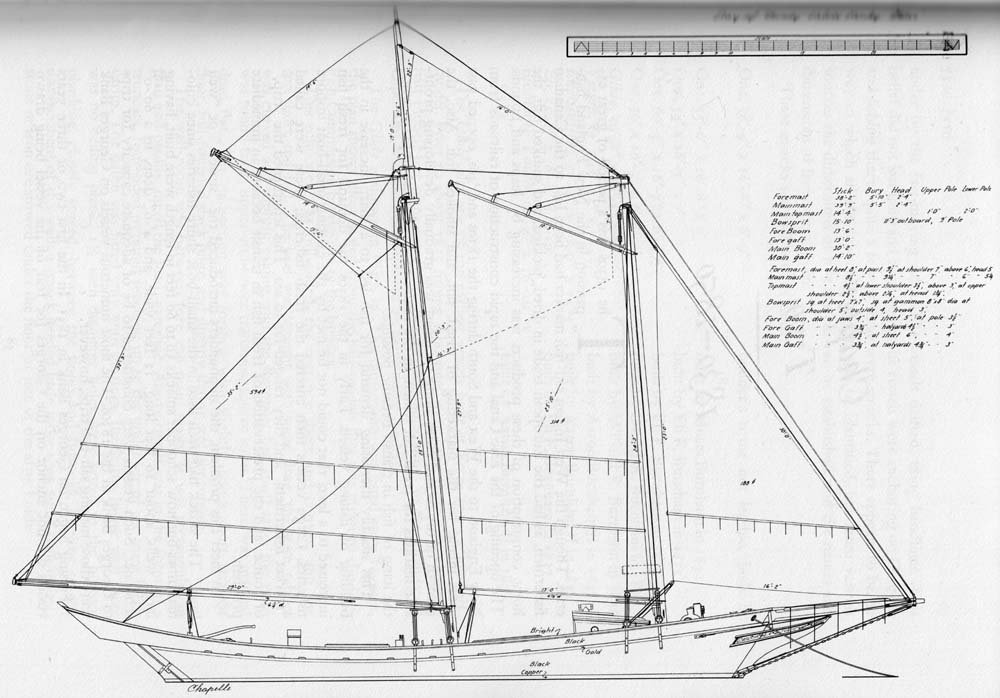
...and a ship well documented and of a good size for a scale 1/2=ft
Lpp: 42' - 11'' = 1' 9.6''
B moulded: 13' - 0'' = 6.6'
D.: 6' - 2''So I'll get a model about some 900 mm Loa and without stand nearly as high as long - at a beam of some 170 mm. A big model but a flate-able
 one
one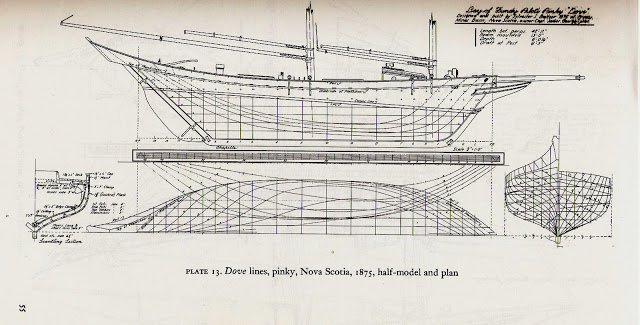
in "The American Fishing Schooner" of Howard I. Chapelle you can find three very good plates of the Canadian pilot schooner "Dove". Biult in 1875 by Sylvester S. Baltzer in Preaux. Nova Scotia. She was owened by Cptn. James George a pilot.
She was Canadian - proofed by the text in the index of H.I. Chapelle's book ( p.686). "Dove, Canadian pinky".But what is the right flag to her?
So my question is the to the flag -
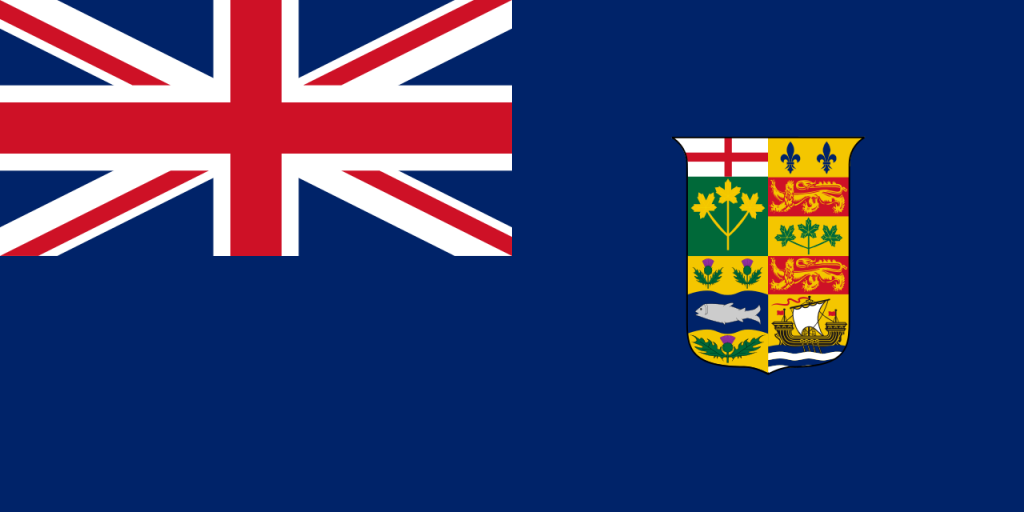
blue or
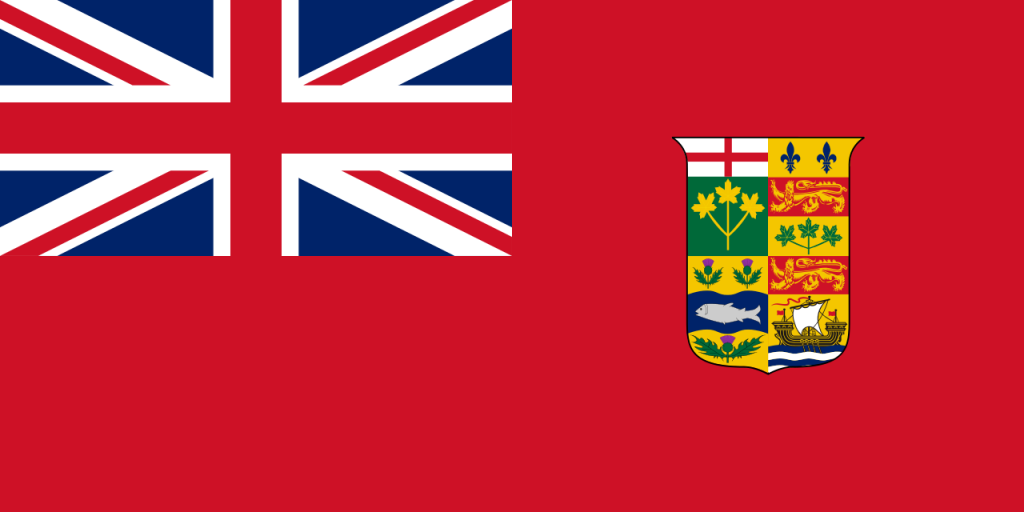
red canadian ensign?
But this article confusede my completly:
http://www.crwflags.com/fotw/flags/gb-pilot.html#pilot
Or does this article deals with the flag used on a ship to show they are under pilots order on the bridge?
My english is not good enough for this...

Thanks for your help,
Chris
-
Due to the massive reconstruction to be done in here I decided to stop this project.
But it is not destroyed - I just "put it on ice" as we say in Germany, when something has to wait until other things are done.
Chris
-
-
- tadheus, qwerty2008 and mtaylor
-
 3
3
-
Hello again,
I.
As the sideview only gives us the position of the deck's superstructure, an auxilliary source may give us the rigt deepon deck... the 14 years older 31 3/95 cutter may be a good reference to look at. Also a sceptic view to the bigger sisters of this class type's trio may be usefull. So I added them, too.
What do you think about this?
II.
I wasn't in the workshop this night - I still was thinking, drinking and constructing my RC's backbone. So I got some solutions and some more problems figured out: So I highlighted these areas with yellow circles for you.
The mast's area will be easily supportet against cracking by adding softwood and drill the mast's hole inside. But the staircases area is still a problem and the reduced bulkhead destabilised this part of the construction additivly.
Have you any solutions for this, too?
Thanks a lot,
Chris
- mtaylor, qwerty2008 and CharlieZardoz
-
 3
3
-
Thaks a lot - inbetween I made some progress in the workshop:
I've got some tooling equipment by eating not so and avoiding contatct to cigar dealers -so saved the money for this.
The framed ship in the background is the Georgian "Experiment" from the "50 Gun Ship" but far too big to be built in 1/2" and on its right the "HMS Hood" of the era of uncertainy Admirals-class copied from "Birth of the Battleship" and framed on VC-cross red ground... she and the giant gun fitted "Benbow" are the favorites of this era to me...
But to be realistic towards my capacitys to steam & sail I'll have to turn my mind towards the Crimean Gunboats under 110' Lpp or the later screw sloops with board side guns... and without guns in 3/4 turrets.
The next projects will still be Revenue Cutters under Sail. For ships of this size under 1.000 m/m I prepared the workshop:
-
There... moved it. I like magnifier that I assume needs to be emptied occasionally.
"Moderation is the order of the day!" otherwise you're going to build a catamaran...


Here te latest news:
Here you see the inner part placed on the beech plywood strip and below the Stern & Stem - but the keel!!!
Is it possible that a nearly 60ft long keel is made from one single pice of tree???
And the plank under it is also from one pice???
Due to the Mondleld's rule "No plank was longer than 35ft" I ask my question.
Looking foreward toward your answers,

Christian
- qwerty2008 and mtaylor
-
 2
2
-
Hello forum,
I've been able to buy the wood for the innen parts of the hull for less than 20€ - it's cuttonwood and beech plywood. Beech for the moulds and the backbone... cuttonwod as filling softwood. I found some dignified substitute for a magnifying glass.

Here today's results for you - hopingyou've got fun with this fist steps:
-
-
-
-
Thanks a lot - the block of softwood will make it easyer than I thought.
So I'm still on track.
I figured out that the bulkheads are drawn without planking. And by this I could saw them out directly and use them as moulds.
The backbone is also 4mm thick - so I can use for the moulds and the backbone the same pice of plywood.
But what kind of plywood I should buy tomorrow?
Yours,
Christian
-
-
These plans are direcly enlagements from the Chapelle-book. Bare of any pomp&circumstance - so the these plans are direcly copied from the book and enlaged in a very good copyshop in Berlin- Prenzlauer Berg (Germany)
 . And the copymaschines are so good, that I can invert the drawings to white on black - so I can figure out the middle of the lines. Now the backboard is nearly ready, My mainproblem ist the "crossing" of the foremast with frame "F"... so I'llhave to built a solid softwoodenblock arround the point of crossing and bore a hole fore the mast in there later.
. And the copymaschines are so good, that I can invert the drawings to white on black - so I can figure out the middle of the lines. Now the backboard is nearly ready, My mainproblem ist the "crossing" of the foremast with frame "F"... so I'llhave to built a solid softwoodenblock arround the point of crossing and bore a hole fore the mast in there later. Do you think this may work?
I made the pictures already but my mobilephone is still in the loadingprocess so you have to wait a little bit. Sorry for this.

Yours Chris
-
-
-
Hy Juraj,
to pimp up this kit would be a rebuild at all - now I had the time to measure the rigging, too and so I figured out that nothing has any relationship to the Chapelle list beside the drawings!

So Im on the trap to a scratch project...
So I've the free choice to built the Krick-kit for a more European stile Viking furneal (instead of putting it in the oven) or the go tomorrow into the copyshop -takeing the right dawings with me- to use the impetus of the moment for the scratching of the 31 3/95 tons Revenue Cutter. But as you told to us there is no fact that these Revenue Cutter's Type was built at all.
I'm unshure what is to do - to do the right thing.
 I have got a plenty of Chapelle planes from all his books - today the last leck in my Chapelle's books row was filled by the arriving of "The National Watercraft Collection"
I have got a plenty of Chapelle planes from all his books - today the last leck in my Chapelle's books row was filled by the arriving of "The National Watercraft Collection"  .
.You've got a PM,
yours
Chris
-
Hi, found this topic and as I am also the "happy" owner of this kit, I would like to share some thoughts. First of all,I am really keen on history of the real vessels. I spent literally months comunicating with various people and institutions including historical department of US coast guard (former US revenue service). Once upon a time I published my research on already dead drydockmodel forum, may be some of you remember it. So, just a very very short summary, if interested, I may provide more details on request:
- let's distinguish once for all between the BRITISH cutter Alert on 18ct (described in ship's Anatomy book in the first post of this thread- this was one mast vessel of french-origin cutter design) and here discussed US revenue cutter based on Doughty's plans- this is an example of two masted topsail schooner, extreme type of so called Baltimore clipper.
- Italian plans used by Krick (and alas, more other kit manufacturers) are very old, innacurate and contains many errors in (not only!) rigging, hull lines etc
- W. Doughty created three designs of plans upon request as correctly mentioned here. The plans are preserved. But beware of the two facts:1. The list of vessels built on these plans is not known. Although we do have some evidence that particular ship was built on the plan, the list is not fully complete and because of fact two: in turbulent years after the War of Independance, the plans, although given and ordered to follow, were not followed strictly. This can give us "advantage" : nobody shall blame you when your model does not represent the exact Doughty's design, although it should have been built upon it.
- Nevertheless, the italian plan of Alert contains many factografical errors in rigging and other stuff, that you can hardly excuse it just by this explanation.
- Italian plan of your "Alert" (and also mine
 ) is based on the smallest 31 ton Doughty's design. I will skip now my research regarding the fact if ANY real ship was built on this smallest design and will focus on Alert:
) is based on the smallest 31 ton Doughty's design. I will skip now my research regarding the fact if ANY real ship was built on this smallest design and will focus on Alert:- Although you may find some POSSIBLE references to USRS cutter Alert in older resources (e.g. Chapelle's American sailing ships), this is wrong and corrected by later literature (Caney)
- As you correctly observed, Alert of 1818 does not match your plans (75 tons, 4 ports per side...), nor Alert of 1829 matches (sorry, but that is the fact, can provide you with resources, if tyou wish)
Summary:
1. Krick's Alert is based on very old and full of errors italian resemblance of W. Doughty's plan
2. Due to the fact we have no exact vessel naming list, if you study carefully the literature and various guides (again, may offer some good resources), you can build up a good representation of 31 ton Doughty's revenue cutter out of this kit. It is marvellous!
3. If you care about historical accuracy, do not try to connect your kit and built with any particular vessel (and by no way with any "Alert" ) of USRS
4. By no means do I want to discourage you, I own the same kit, unassembled, and spent too much time searching informations from various sources, I am just sharing my knowledge, nothing more. Will be interested in your build log and will gladly help with any info I can provide.
Hello juhu,
I'm proud to be the fifth addresssee of your time here, so I may be allowed to say ""A warm welcome abo(a)rd to you!"
Being with the Alert - community of fate you figured out everthing very clearly and detailed, thanks a lot for this. So I can only reply my inherent warning to buy this kit of s*it as you do in No. 3 - but what is the solution to the situation we share both?
I guess nothing out of this box of Pandora really fits our demands of historically correctness. I myself think of taring the model down to the keel with an axe to avoid further frustration. As you could read beforehand I decided to "rebuilt" the hull to be abl to recycle the rigging - due to the fact that I don't own a lathe. So I'm going to measure the kit's rigging now to deside IF it is merit to be reutilised.
See you later in this theater!
Christian
Picture's source: http://upload.wikimedia.org/wikipedia/commons/0/0d/Opened_up_a_Pandora%27s_box.jpg
-
Hi Smallstuff...... just curious , looking at the art work on the box of your Alert, it's different than mine , also looks like your plan that you have on the wall has to gunports on the side , is that correct? do you have the gun on the swivel on deck? I was just wondering if Krick has changed anything. The Alert I have is the same one Dirk did.Thanks.
Frank
Hy Frank,
no I think the just facelifted the box, that may be the point.
Oh now there are no gunports, they just shot "through" the bulwalk. It was simple a rope running through the eyes on the top of iron poles.
And the gun is also not in a "swivel"gun - a swivel gun is a big/heavy rifle on a fork later with an axis - usually swivel guns were fixed on special posts added to the bulwalk. This carronade is on a middle pivot gliding cariage - yes she swivels at all but the termici technici seperate two kinds of guns small and heavy clearly. And to keep the text clear&easy to read - so I would like to show it to you to avoid a confusion about this two types of guns and their carriages.
On the one hand we deal with a small weapon in a fork - coming trom the musketiers of the XVI. century (found on the Marie-Rose for example) a kind of add to aim with a heavy gun's barrel she is only used a gainst soft targerts;
and on the other hand one coming from the earliest gun boats (-> Alf Chapman ) - giving the boats a 360° arc of fire usefull in the battels against ships with boardside artillery to keep them selve out of the arc of enmy's fire - by still being able to attack them under all circumstances - able to fire any kind of ammo against hull, rigging and the enemy's crew.
a good example of a row of heavy swivelguns is to find here along the boardside
and
between the catheads there are two middle pivot carriages:
http://www.sjohistoriska.se/ImageVaultFiles/id_3070/cf_1781/40.JPG
I don't want to sound sententious - but it keeps my mind clear when I know what do you mean, and it makes conversation a lot easier.
Yours
Chris
Source of picture:
-
-
-
"We are not amused!"Only the distance between the masts seem to be right.So what was to do?I called Mr. Krick... he was only able to tell me that his father construced the kit based on italian plans of a Revenue Cutter named "Alert".This is a product of pure phantasy - she is based on the Doughty's drawings - but the letters for the name on the transom have never been used in this way in the XIX. century. The gun is quite well done and the pivot's construction.So I think I'll evaluate the correctness of the masts, yards and rigging by the data given by Chapelle and in Pettersons book "RIGGING period ship modells":Do you thnk it makes any sence to replace the hull under a well proprtionated rigging?Yours
-


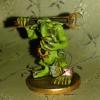
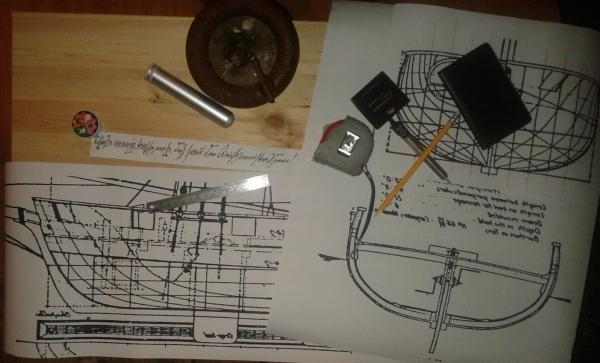
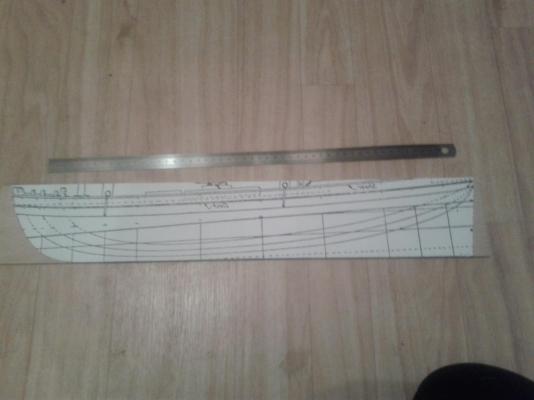
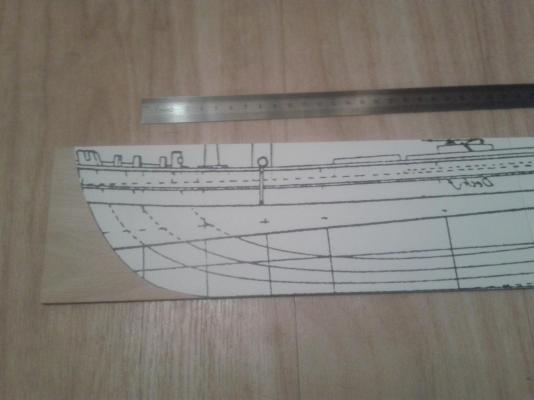
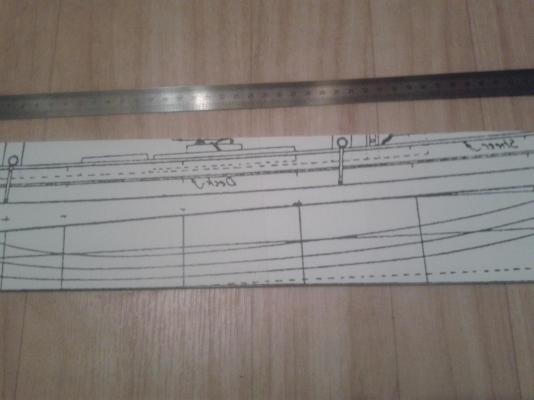
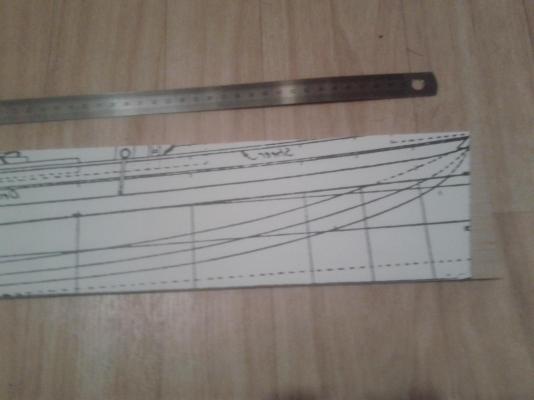
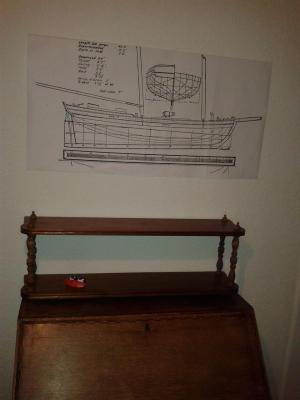
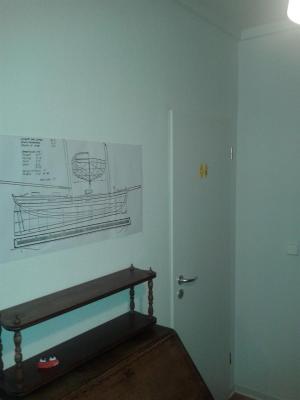

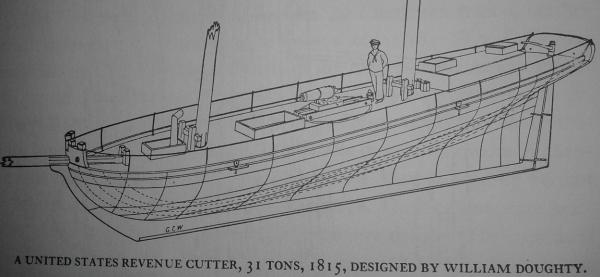



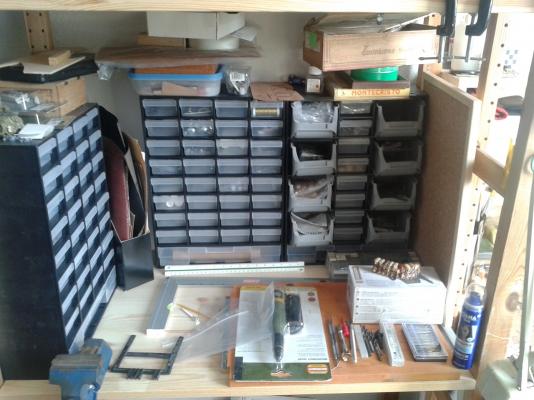
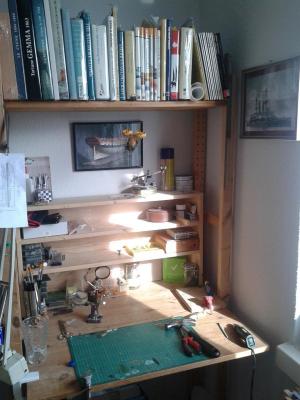
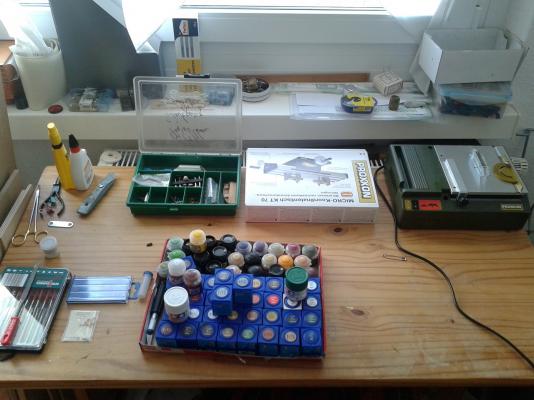
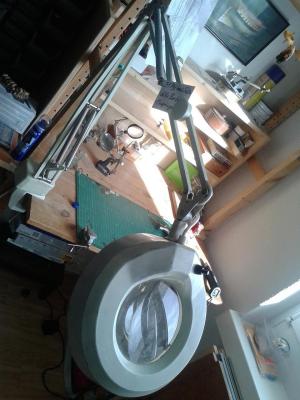
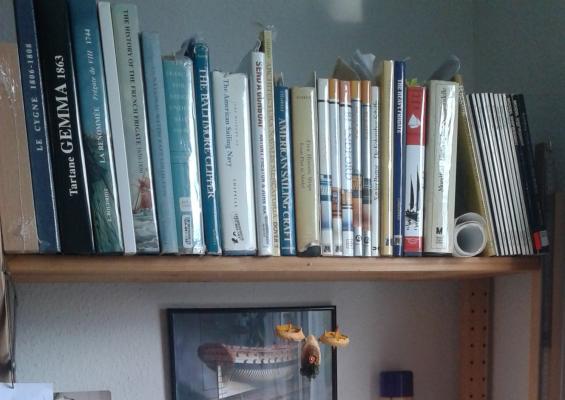


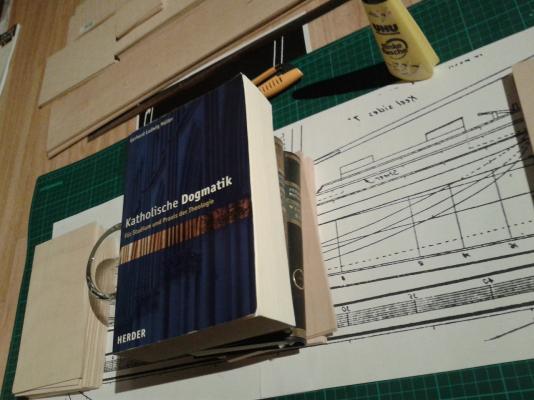
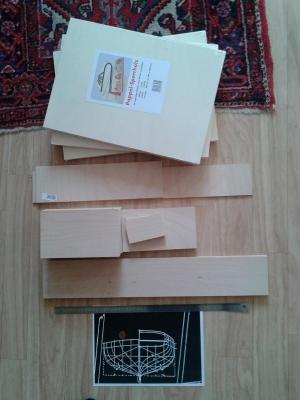
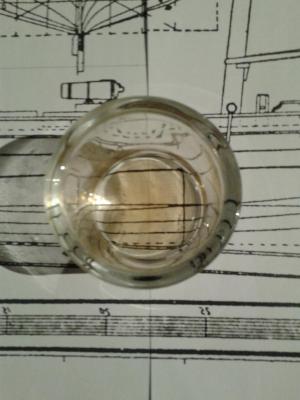
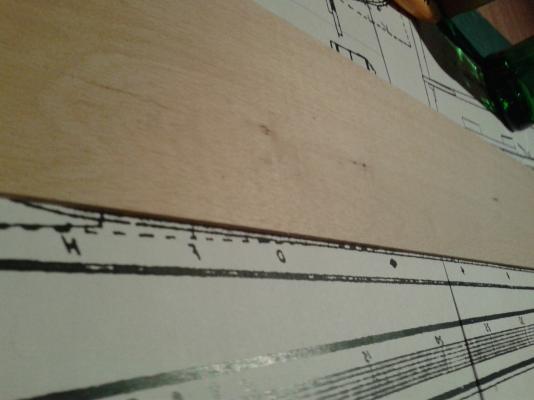
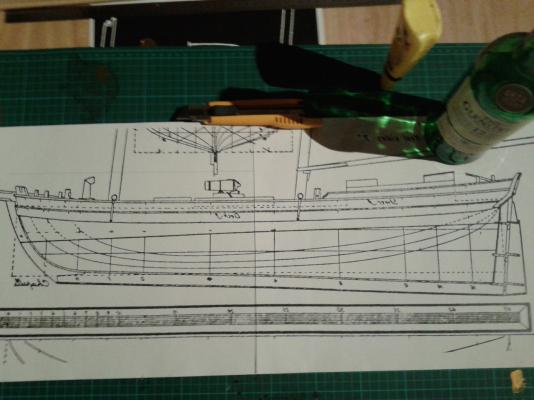
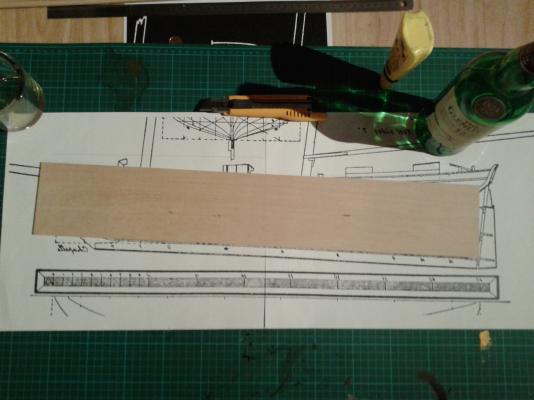
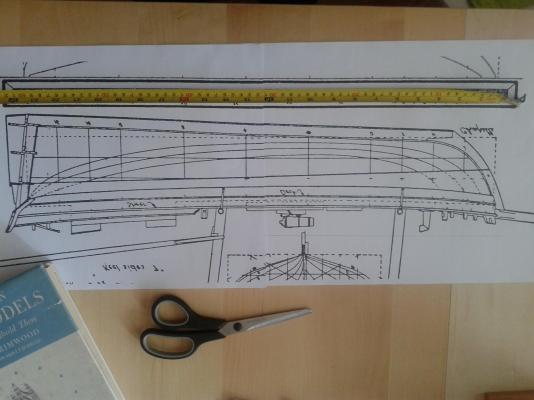
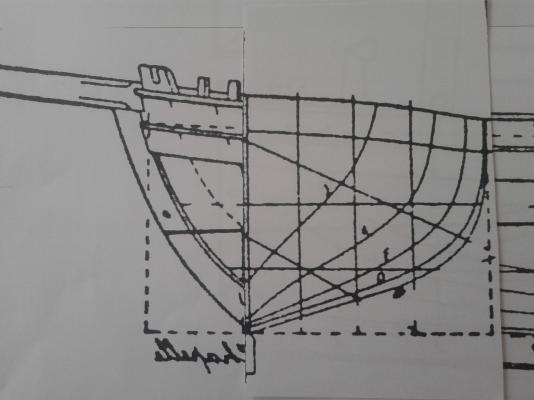
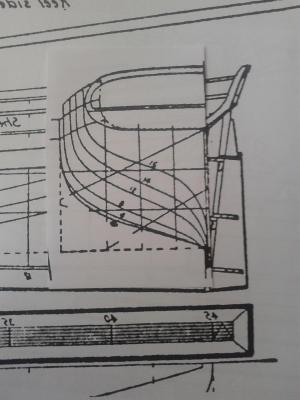
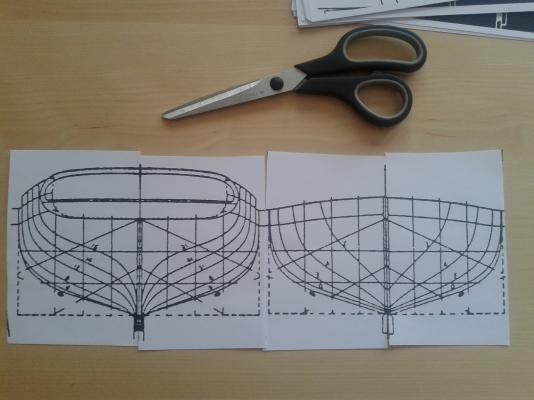
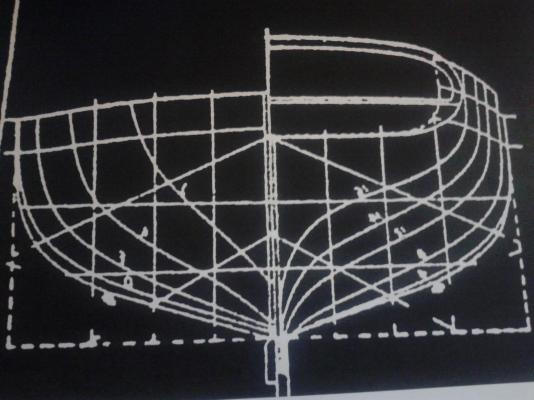
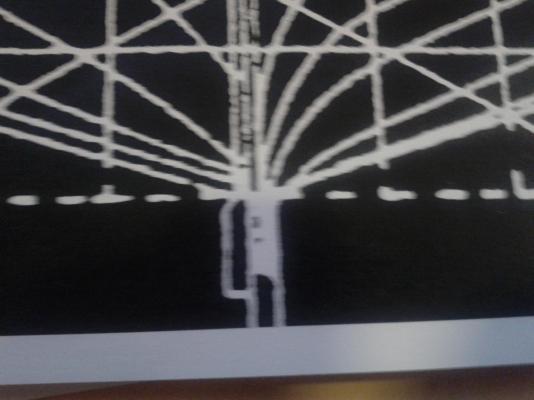
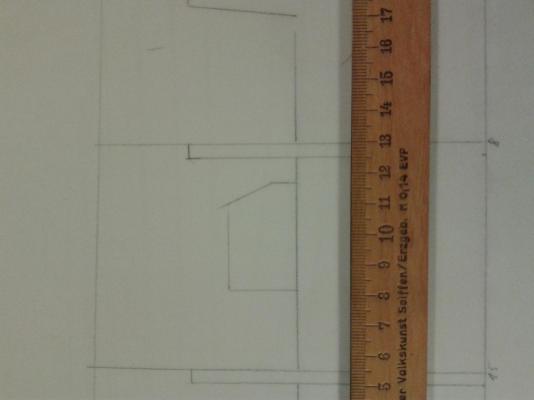
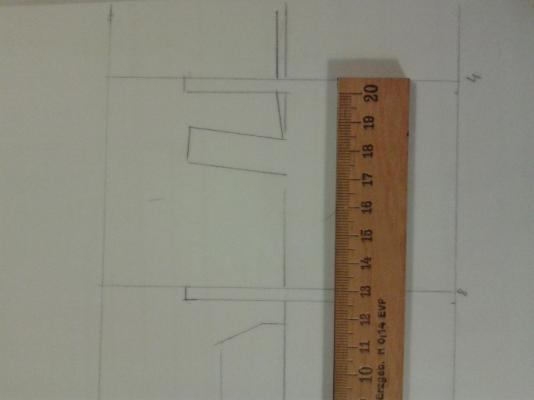
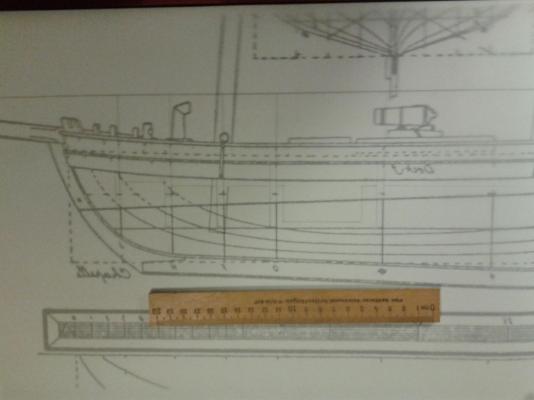
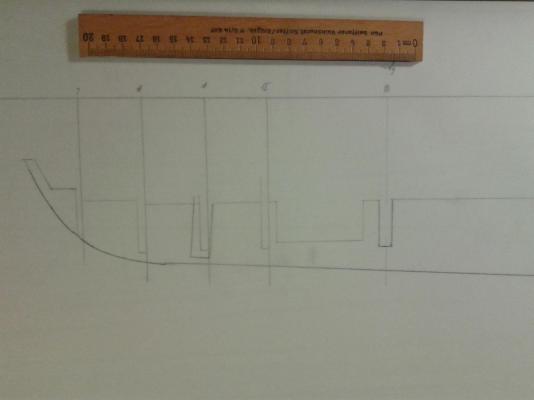
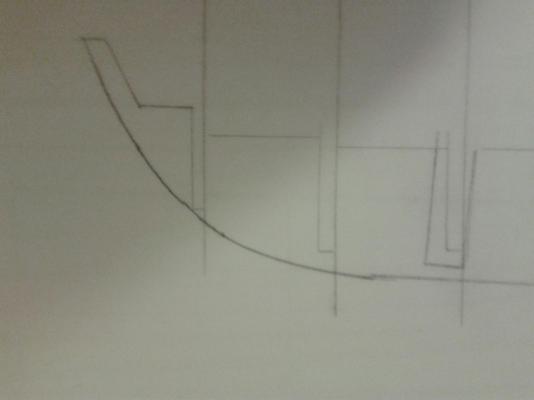
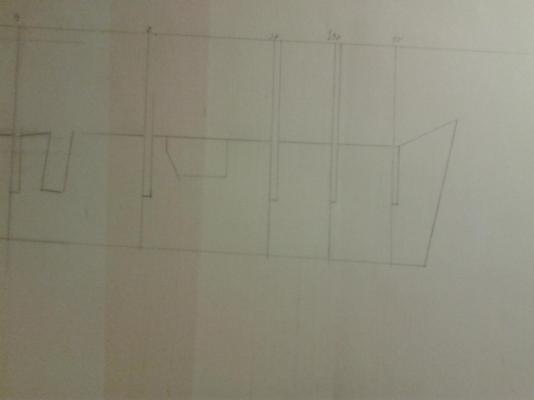
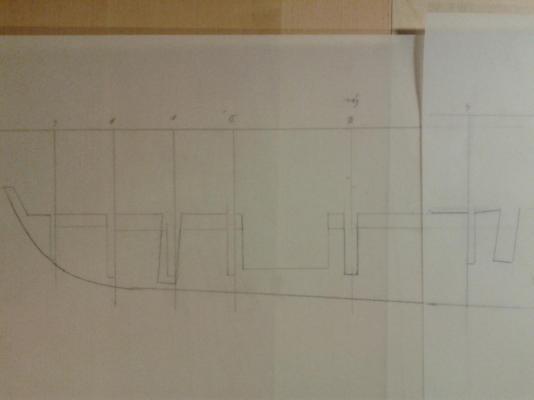
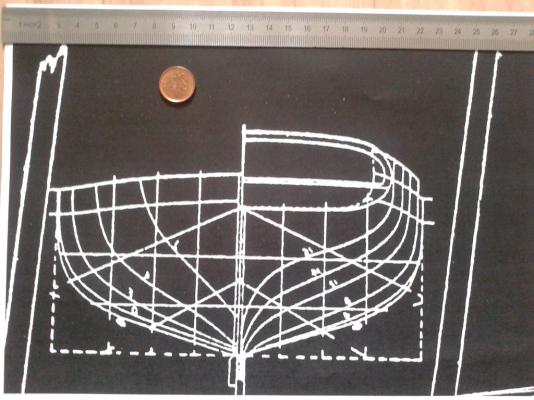
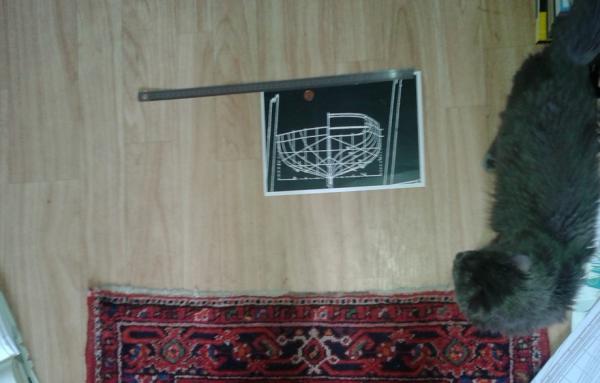
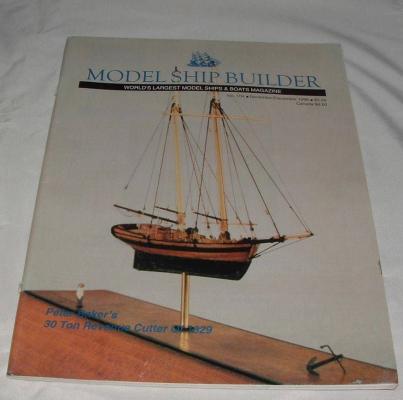
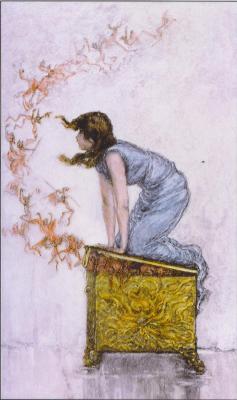
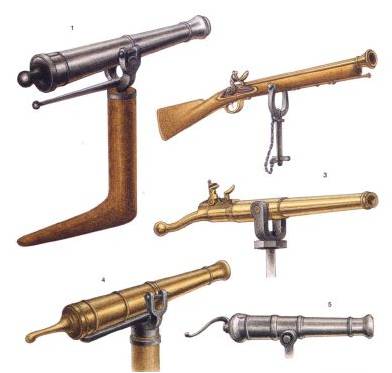

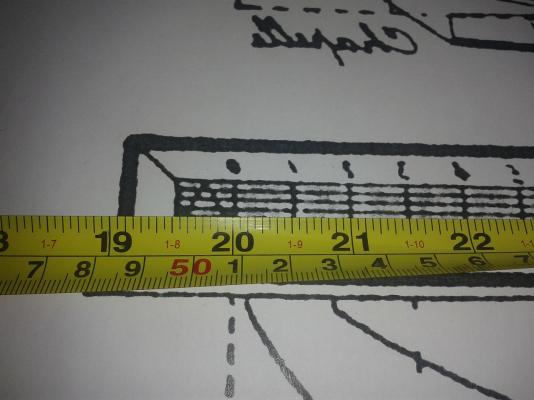
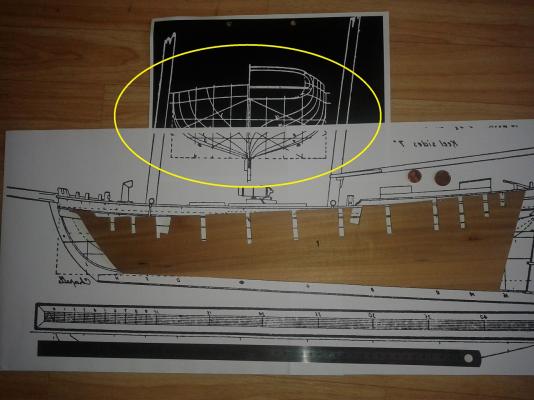
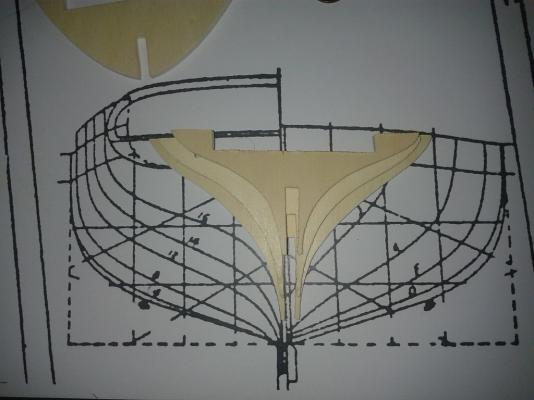
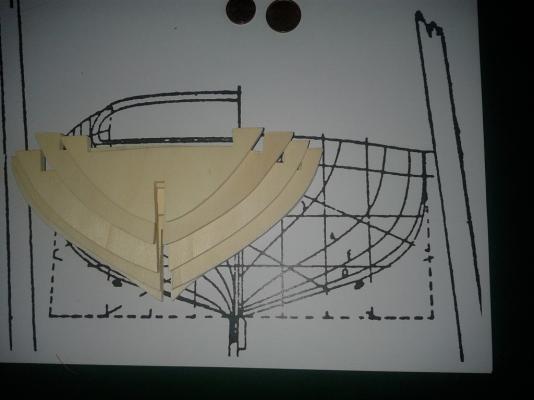
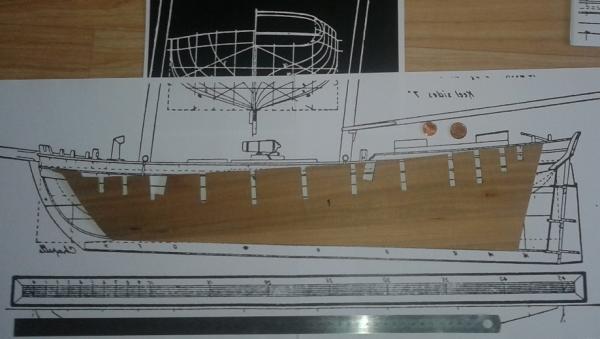
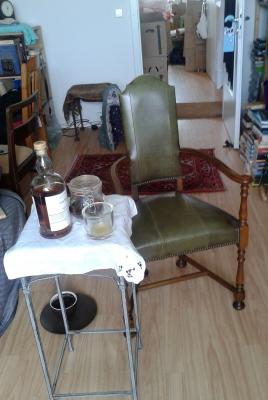
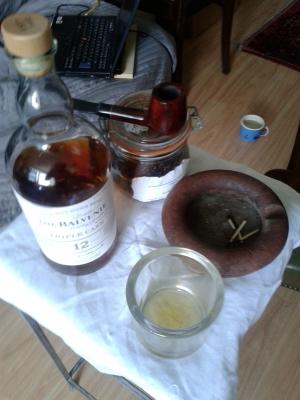
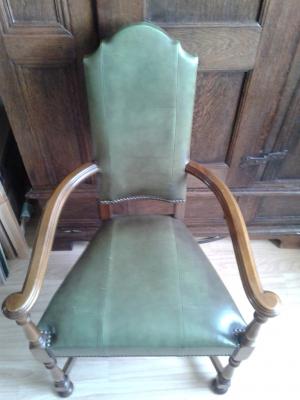


La Jacinthe 1825 by Small Stuff - 1/48 - from Ancre Plans - 1st scratch build
in - Build logs for subjects built 1801 - 1850
Posted · Edited by Small Stuff
Hallo wooden colleques,
due to the further eye operations, finding of a new job and the end of the holidays with my son - I am able to getting restarted back to the beloved Jacinthe .
Today I rebuild my workshop back to wood... to start tomorrow. Than I'll go in the afternoon to sign my new job's contract...joining the afterworkparty .
.
Yours
Stan